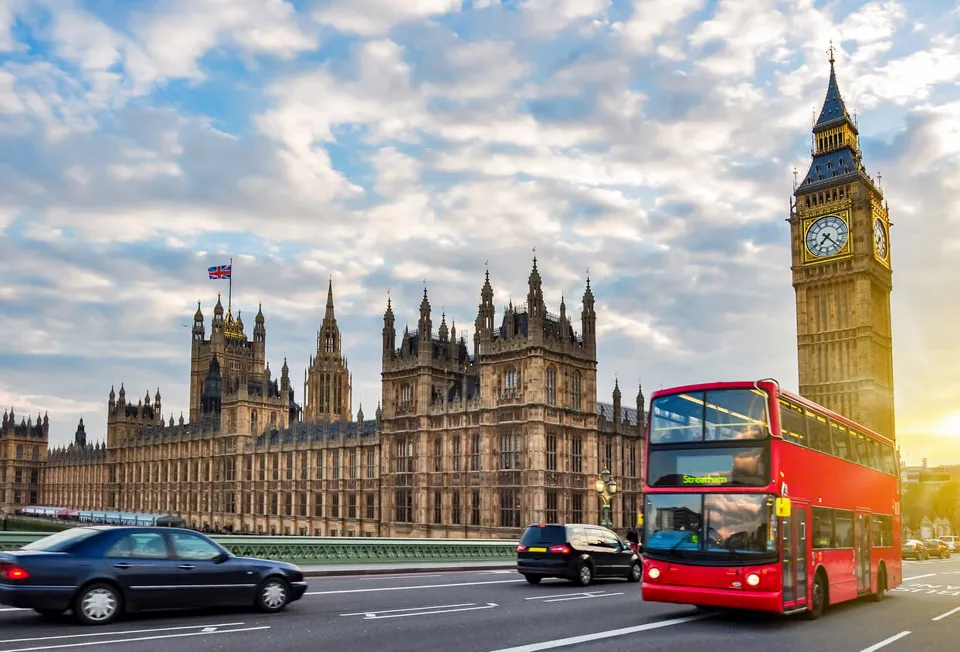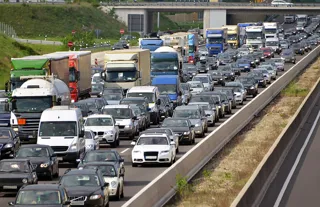Claims that business supports plans for zero emission zones in London boroughs from 2020, and a zero emission zone in central London from 2025, have been questioned.
In publishing the final draft of his environment strategy, mayor of London Sadiq Khan announced he was bringing forward the series of zero emission zones by five years.
Furthermore, he said these would be implemented alongside “broader congestion reduction measures to facilitate the implementation of larger zero emission zones in inner London by 2040 and London-wide by 2050”.
“Big problems simply demand ambitious responses,” said Khan. “Nowhere is this truer than with air pollution in London.”
Khan claimed that the earlier rollout of zero emission zones was in response to the views of businesses and local authorities, who believed they could help accelerate the wider adoption of electric vehicles (EVs).
However, John Pryor, chairman of fleet representative body ACFO, said he was “not convinced” businesses were calling for the zones to be implemented sooner.
“We welcome cleaner vehicles, but, again, this is not giving fleets time to change,” he said.
Few details have been made public as yet, but the zones could be similar to those being introduced in Shoreditch by Hackney and Islington councils. They will limit access for diesel and petrol-only vehicles.
However, it allows for businesses to apply for an exemption during peak times. Plans for these latest measures, including the vehicles and area it applies to, charge levels and hours of operation, and discounts and exemptions or other restrictions, will be developed in the next few years.
The mayor’s environment proposals come as the Government published its own clean air strategy, which includes plans to develop new standards for tyres and brakes to address toxic non-exhaust emissions.
It is the latest in a plethora of plans and consultations from Government aimed at improving air quality that have been issued over the past year.
The clean air strategy comes in the wake of the clean growth strategy, which included measures aimed at reducing both CO2 and other pollutants from the transport sector by supporting a shift to lower emission vehicles.
The industrial strategy, published last year, set the ‘future of mobility grand challenge’ for the UK to become a world leader in mobility. It was supported by the £1.7 billion Transforming Cities fund, which through local transport infrastructure aims to boost sustainable options.
Ministers are also due to publish a ‘Road to Zero’ strategy soon, which will suggest measures aimed at reducing exhaust emissions from road vehicles.
It has already published the UK’s plan for tackling roadside nitrogen dioxide concentrations. It identified 28 local authorities in England that must develop local plans to address illegal pollution levels on their roads, in the shortest possible time.
In March, the Government was forced by the courts to direct an additional 33 local authorities to conduct feasibility studies on improving air quality.
During a visit to meet air quality researchers at Imperial College, London, environment secretary Michael Gove said this latest strategy “sets out the comprehensive action required across all parts of Government to improve air quality”.
The clean air strategy consultation closes on August 14, with the final clean air strategy expected to published in March 2019.
Cllr Martin Tett, environment spokesman for the Local Government Association (LGA), said the plan will need to be “underpinned by local flexibility and sufficient funding” if it was to succeed.
He added: “It is also important that councils have the powers to further tackle air pollution, particularly with regard to clean air zones as well as expanded road and traffic measures.
“If we’re to truly tackle air pollution, we need Government support to enable us to deliver effective local plans and robust national action to help the country transition to low-emission vehicles and power generation.”
The summit will bring together policymakers and industry experts from around the globe to tackle carbon emissions and to find ways to improve air quality.
The two-day summit will start on September 11 at the Birmingham NEC before moving to Millbrook Proving Ground in Bedfordshire on September 12, for the Cenex Low Carbon Vehicle event.
Business secretary Greg Clark said: “Bringing together global leaders in the green vehicle revolution, is an important step on the road to making that ambition a reality.”





















Login to comment
Comments
No comments have been made yet.